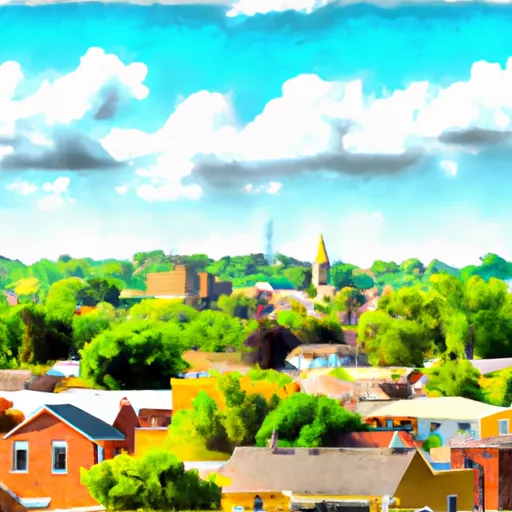°F
°F
mph
Windspeed
%
Humidity











Newtown, Missouri experiences a humid continental climate with four distinct seasons. Summers are warm and humid, with temperatures averaging around 85°F. Winters are cold, with temperatures dropping to an average of 30°F. Precipitation is evenly distributed throughout the year, with an average annual rainfall of 40 inches.
The hydrology constituents in Newtown are primarily composed of rivers and creeks, including the nearby Little Creek and the East Fork Locust Creek. These water bodies provide opportunities for fishing, boating, and other water-based activities.
Outdoor recreation enthusiasts can enjoy several activities in Newtown. The area offers picturesque hiking trails, allowing visitors to explore the stunning natural landscapes and observe the local flora and fauna. Additionally, hunting is a popular activity in Newtown, with opportunities for deer, turkey, and small game hunting. Overall, Newtown is a beautiful destination for outdoor enthusiasts seeking diverse recreational options in a scenic environment.
Weather Forecast
Newtown receives approximately 956mm of rain per year, with humidity levels near 82% and air temperatures averaging around 11°C. Newtown has a plant hardyness factor of 5, meaning plants and agriculture in this region thrive during a short period during spring and early summer. Most plants will die off during the colder winter months.
Regional Streamflow Levels
361
Cubic Feet Per Second
124
Cubic Feet Per Second
66
Cubic Feet Per Second
15
Cubic Feet Per Second
Nearby Camping
| Camping Area | Reservations | Toilets | Showers |
|---|---|---|---|
| Berry Bend - Harry S. Truman Lake | |||
| Thibaut Point - Harry S. Truman Lake | |||
| Lincoln City Park | |||
| Long Shoal - Harry S. Truman Lake | |||
| Farrington City Park | |||
| Shawnee Bend - Harry S Truman Lake |



